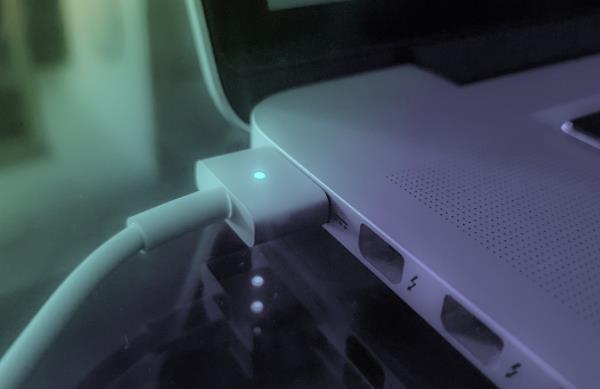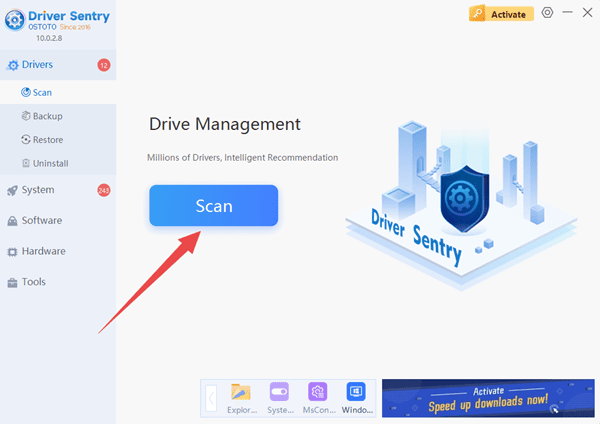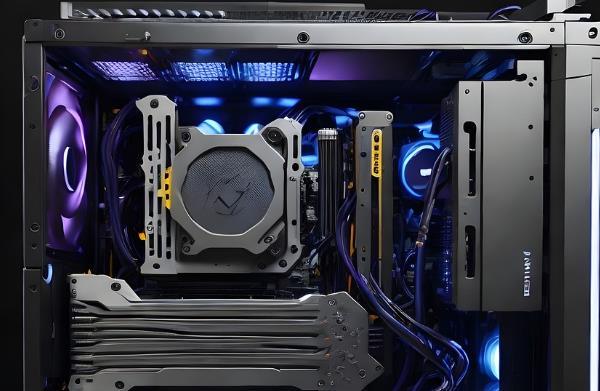
Sometimes we come across a puzzling problem: why my computer won't turn on, but the fan works? This article will provide you with some practical solutions to help you solve this problem.
1. Check the Power Supply
First of all, make sure that the power supply of your computer is working properly. This includes checking the power cord, outlet and power switch:
Make sure the power cord is firmly connected and not loose or damaged. Try replacing the outlet or using a different power cord to rule out the possibility of a faulty power cord or outlet.
Some desktop computers have a small power switch on the back; make sure it is on.

2. Check the Power Supply Unit (PSU)
The power supply unit (PSU) is one of the core components of the computer. If it fails, the computer may not start up properly, but the fan will still run. You can try the following methods:
If you have a spare power supply, try replacing it and see if the problem is solved. If the computer starts up normally after replacement, the original PSU may be faulty.
A power supply tester is a tool designed to test if the PSU is working properly and can help determine if there is a problem with the PSU.
3. Update the Driver
Sometimes, driver problems can cause the computer to fail to boot. Updating the graphics driver promptly can effectively prevent such errors. Using a tool like Driver Sentry can save time and help you avoid downloading or installing incorrect drivers.
Click the download button to get the latest version of Driver Sentry, install it, and open the software. Then, click "Scan".

After scanning, the tool will display drivers that need updates. Locate the graphics driver in the list and click the "Upgrade" button.
Once updated, restart your computer to ensure the new driver works properly.
4. Check the Graphics Card
A faulty graphics card can also cause the computer to not display properly. You can try the following methods:
Disconnect the power, remove the graphics card, and check the graphics card slot and the gold finger part of the card for damage. Reinstall the graphics card, making sure it is inserted securely.
If you have a spare graphics card, try replacing it to see if the problem is solved. If the computer starts normally after replacement, the original graphics card may be defective.
5. Check the Motherboard and CPU
The motherboard and CPU are the core components of the computer, and their failure may also cause the computer to fail to start normally. You can try the following methods:
Make sure all the power connectors on the motherboard are firmly connected, especially the main power and CPU power connectors. Look for signs of damage or burns on the motherboard.
Disconnect the power supply, remove the CPU from the motherboard and check the CPU slots and pins for damage or bends. When reinstalling the CPU, make sure it is properly installed and apply the proper amount of thermal paste.

6. Check the Memory Sticks (RAM)
A faulty memory stick may also cause the computer to fail to boot. You can try the following methods:
Disconnect the power, remove the memory stick, gently wipe the gold finger portion of the memory stick with an eraser, and then reinsert it into the memory slot. Make sure the memory stick is inserted securely.
If you have a spare memory stick, try replacing it to see if the problem is solved. If the computer starts normally after replacement, the original memory stick may be faulty.

7. Check Peripheral Devices
Sometimes, problems with peripheral devices (e.g., keyboard, mouse, printer, etc.) may also cause the computer to fail to boot normally. You can try the following methods:
Disconnect all peripheral devices connected to the computer, keeping only the monitor, keyboard and mouse. Restart the computer and see if the problem is solved.
If the computer starts normally after disconnecting the peripherals, you can connect the peripherals one by one to find the device that is causing the problem.
8. Reset BIOS
Sometimes, incorrect BIOS settings may also cause the computer not to boot up normally. You can try the following methods:
Press a specific key (such as DEL, F2 or F10) to enter the BIOS setup when the computer is booting up, select the "Restore Defaults" or "Load Setup Defaults" option, then save and exit.
Disconnect the power, remove the CMOS battery from the motherboard and wait a few minutes to reinstall it. This will reset the BIOS settings.
The above is the solution for computer won't turn on but the fan is running, hope it helps you.
See also:
How to Fix Printer Driver Issues to Improve Office Efficiency
8 Methods to Fix Missing Sound Icon in Windows 10